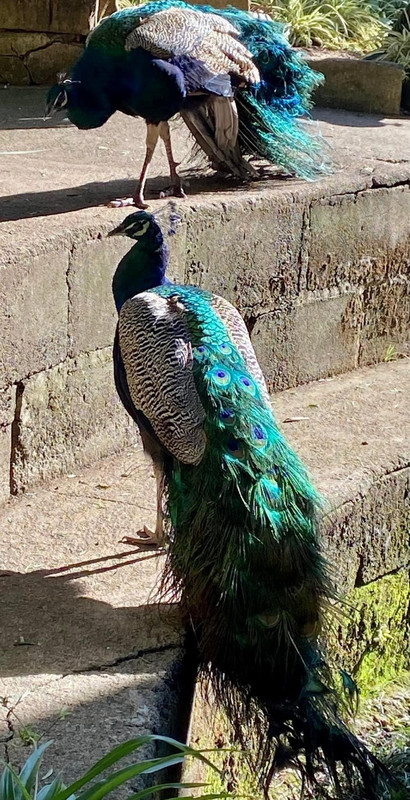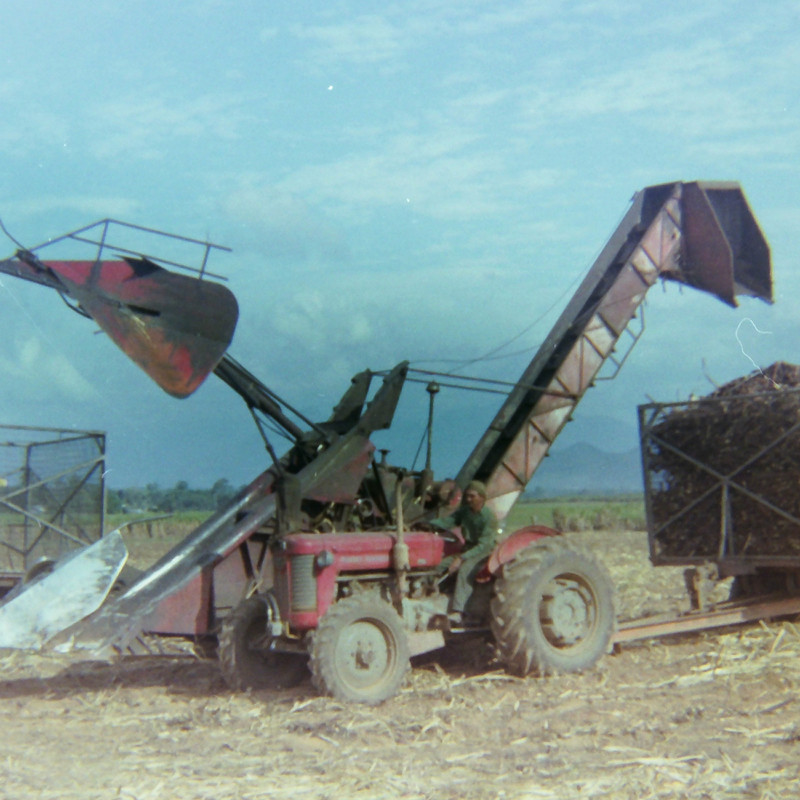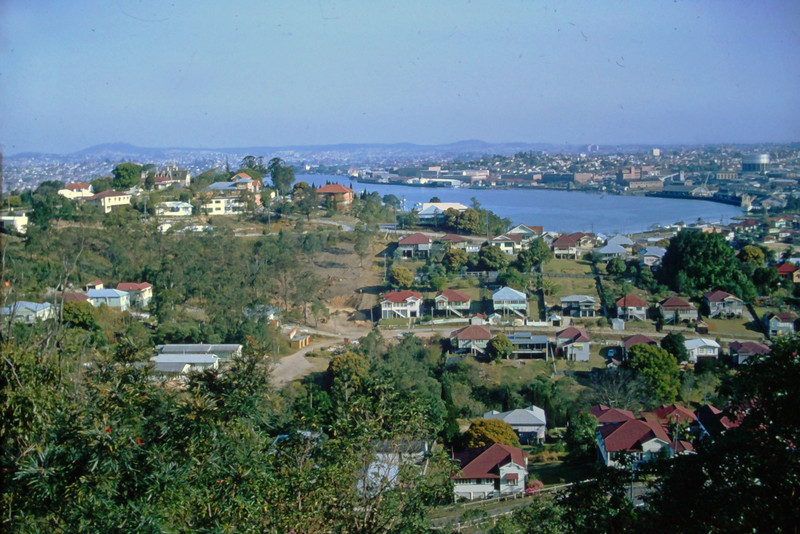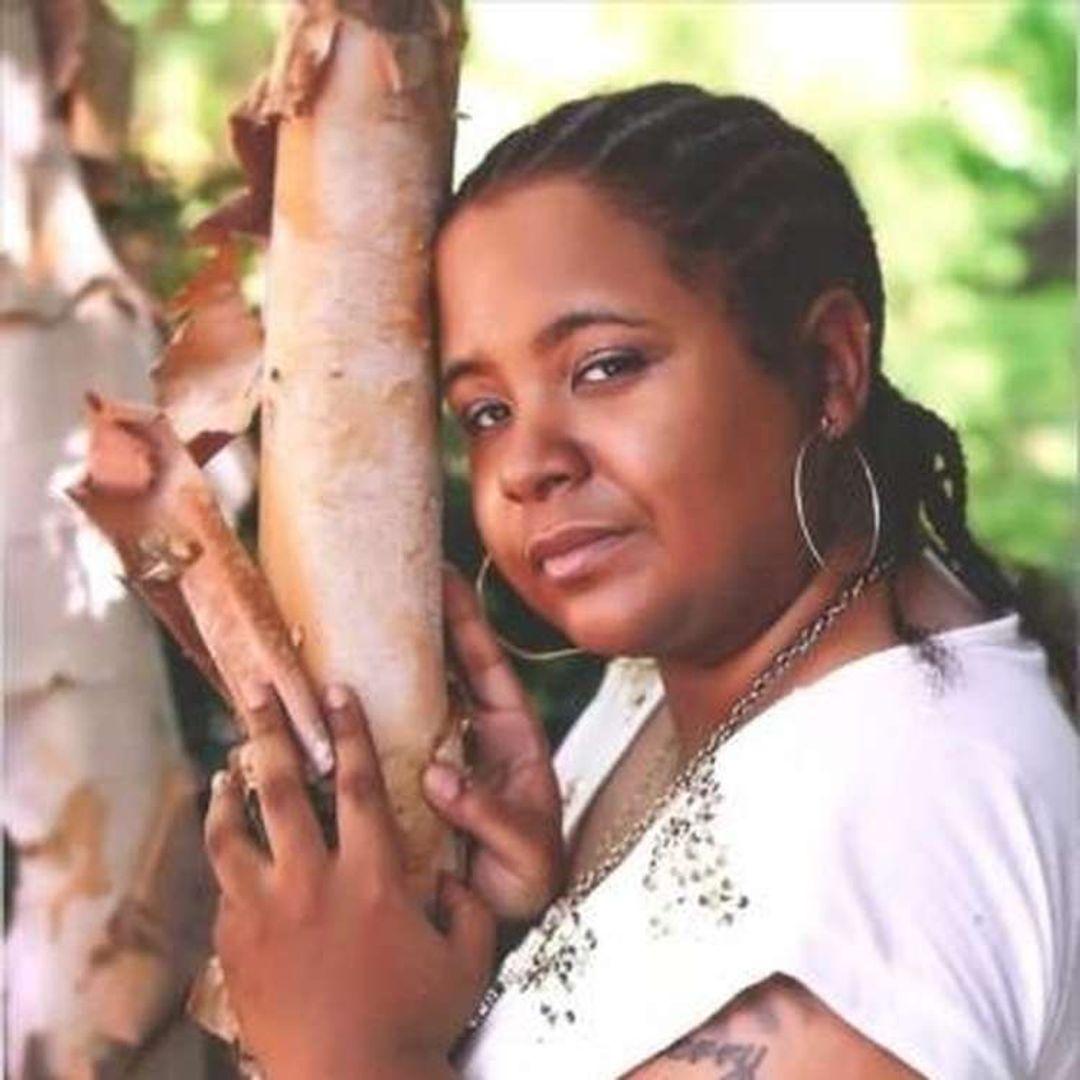After another early morning and breakfast we started our drive towards the border of Eswatini and South Africa again, towards Kruger National Park.
Before long, we stopped to visit the Ngwenya glass factory, where we watched the talented glass blowers create a range of enchanting African animals, birds, and fish, as well as tableware, made from recycled glass that is collected by the children of eSwatini. Although I have watched glass blowers at work before, it was interesting to see how well this large operation synchronized their work.
They produced some very nice objects, mostly depicting some of the animals we had just seen, but I was deterred from buying any because of the weight of any of the bigger pieces. It was a consideration while traveling, specially since most flights have a weight limit, and it was lower in some of the internal flights. Whilst some of my fellow travelers ended up purchasing additional luggage and bags to carry their multiple purchases, I decided to stick with only things that absolutely caught my attention. Also, I made sure to not get attached to any item that I didnt have a place for.
were immediately entering the Matsamo Cultural Village. What seemed to be an old has been turned into a living museum. It was a delightful experience that showcased the traditional way of living of previous generations.
Our guide at the village, a charming 31 year old who was the 19th child of her polygamous father, explained the very specific placement of the huts as well as the role of the members of the family. She claimed that herself and some of her siblings still lived at the village, which is possible since we saw several in and out of an area that had at least one updated and well maintained hut.
She started with the grandmother central hut, the most powerful person in the family, to the arrangement of the chiefs hut, and the primary and secondary wives. Also the upbringing of the children who first lived with their mother until age six, and then transferred to the grandmother until adulthood when they moved to either the male or female huts, strictly placed according to tradition.
The bride price tradition is still in practice, although these days the price doesnt necessarily have to be
actual cows, and it can be the cash equivalent of however many cows the family has set on the girl. Our guide said her bride price was 15 cows. But, at least, these days the girl gets to consent to the marriage instead of being arranged into it.
She even explained the protocol for the patriarchs visitations to his wives huts. No wife was allowed to visit his hut. Whether thats still a practice today I do not know.
Afterwards, we were entertained with traditional singing and dancing. Their chorus group has participated in and was actually preparing to enter another one. They sang some African songs that I really enjoyed, and even interjected a bit of gospel. The dancing was fun, specially when they picked some of the members of the audience for a very fun lesson.
We had lunch at the villages eating area, traditional Swazi food cooked in large pots over open fires. Chicken and beef stews, a dish of white corn, and rice, plus a couple of other vegetables that I didnt try. I was discouraged by our tour director to attempt sampling the local homemade beer. Since the same people
seemed to change roles throughout the experience and were now dispensing the food and tending the tables, Im leaning towards thinking it was a family business of the grandmother, two wives, and most if not all all of the siblings and their spouses.
We still had a long distance to travel. It was already dark when we arrived at our Hotel, the latter part of the drive watching the sun set over extensive banana plantations.
Even arriving in the dark our hotel was impressive, and I wished we had time to relax by the beautiful outdoor bar and deck, but we quickly checked in, and went to dinner before retiring to our rooms, exhausted.









